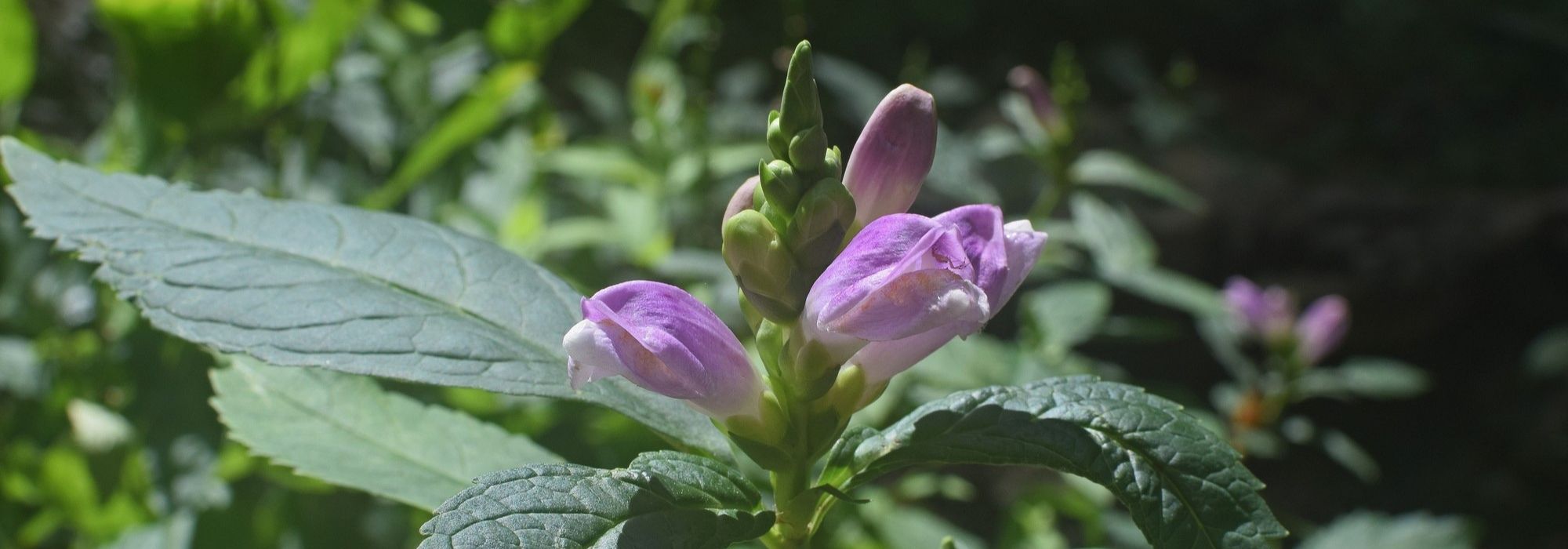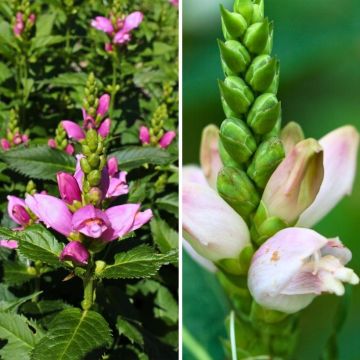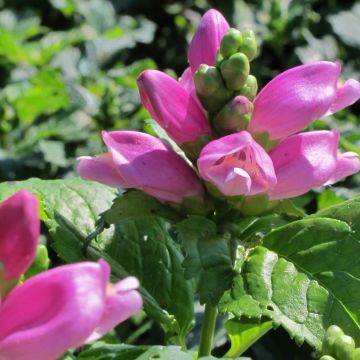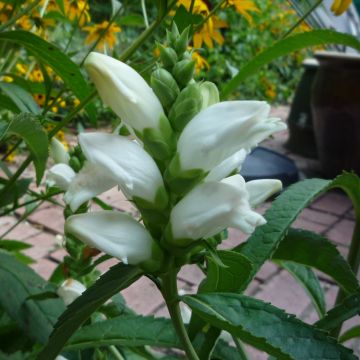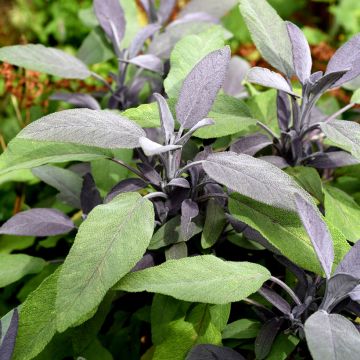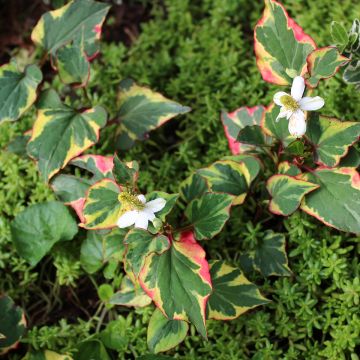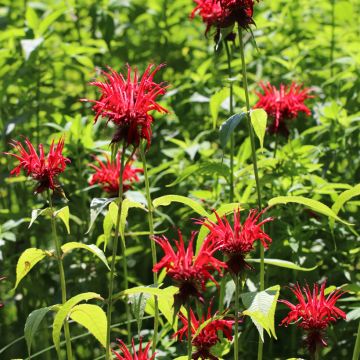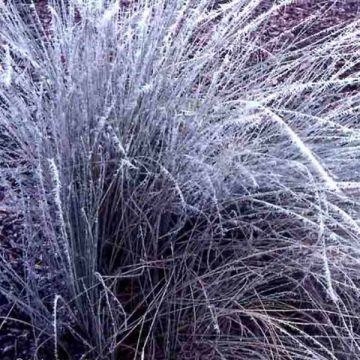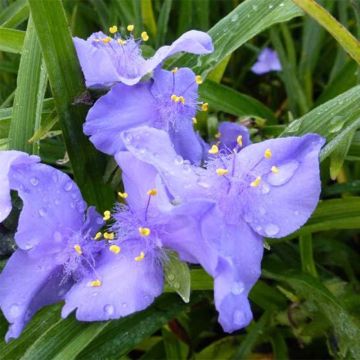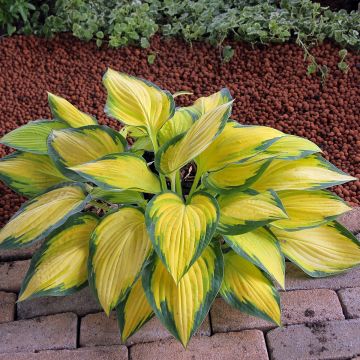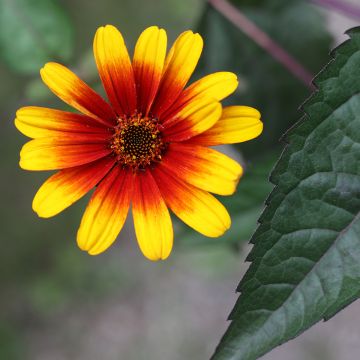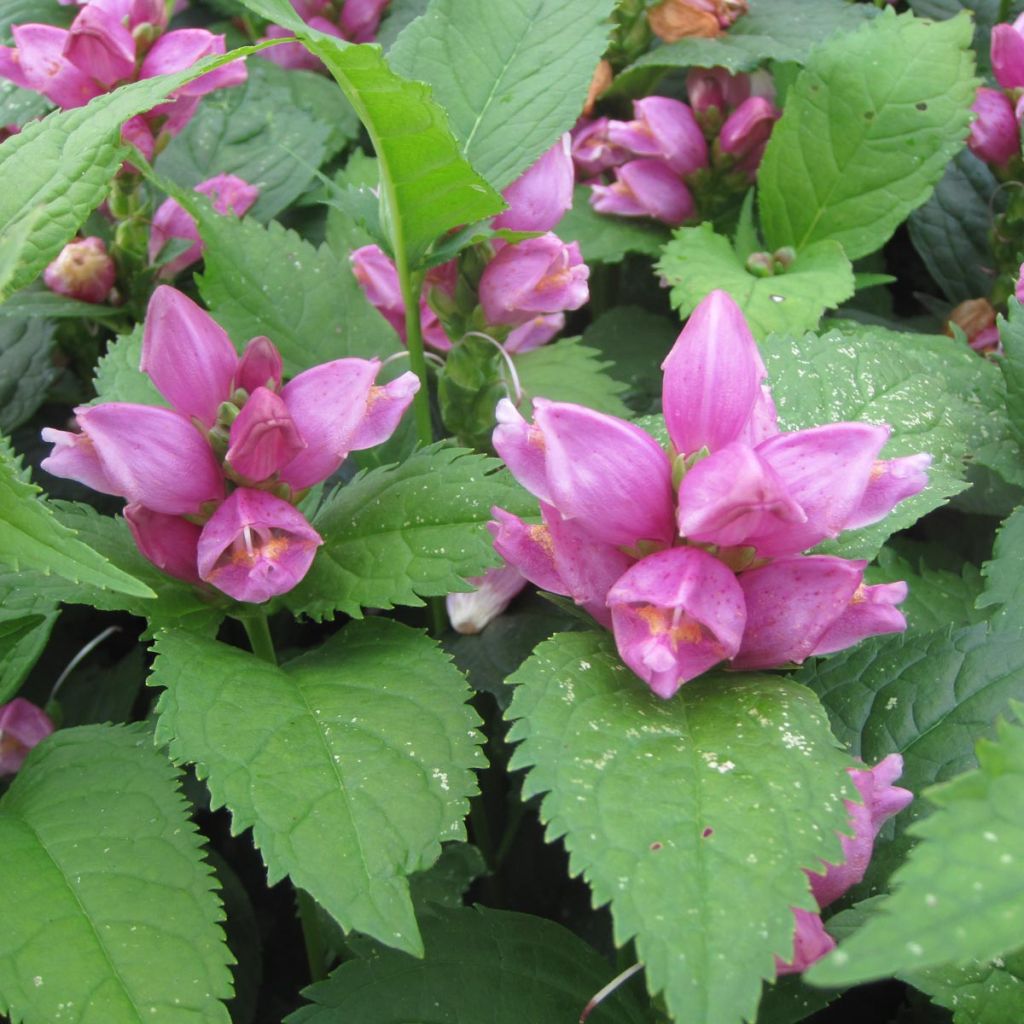

Chelone obliqua
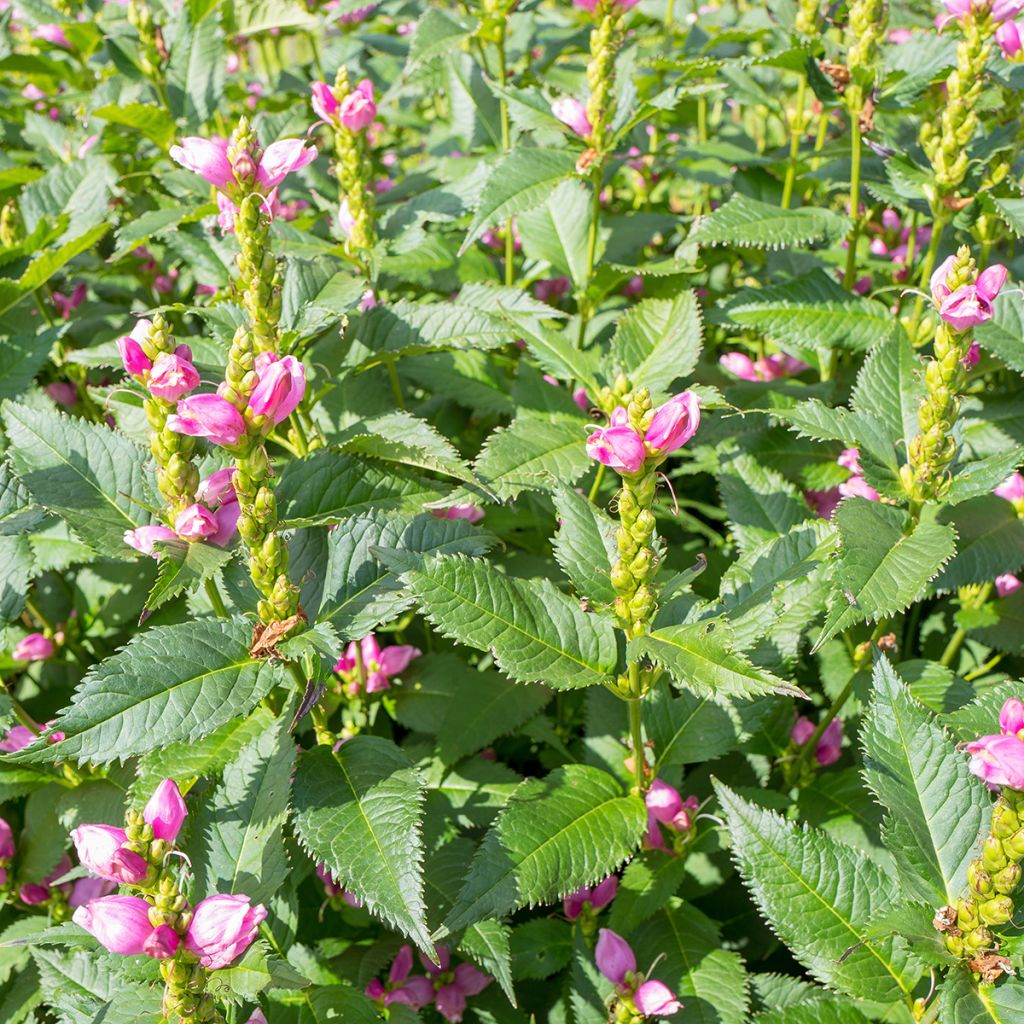

Chelone obliqua
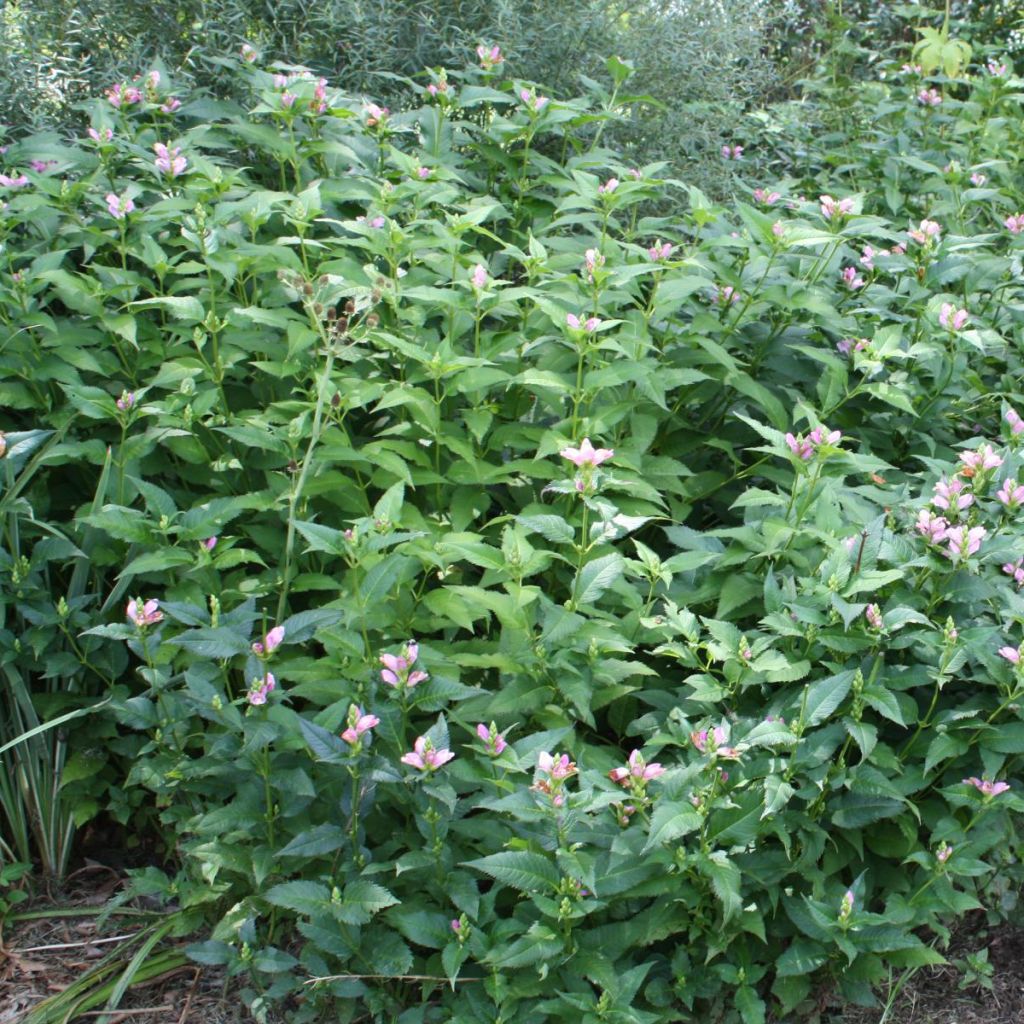

Chelone obliqua
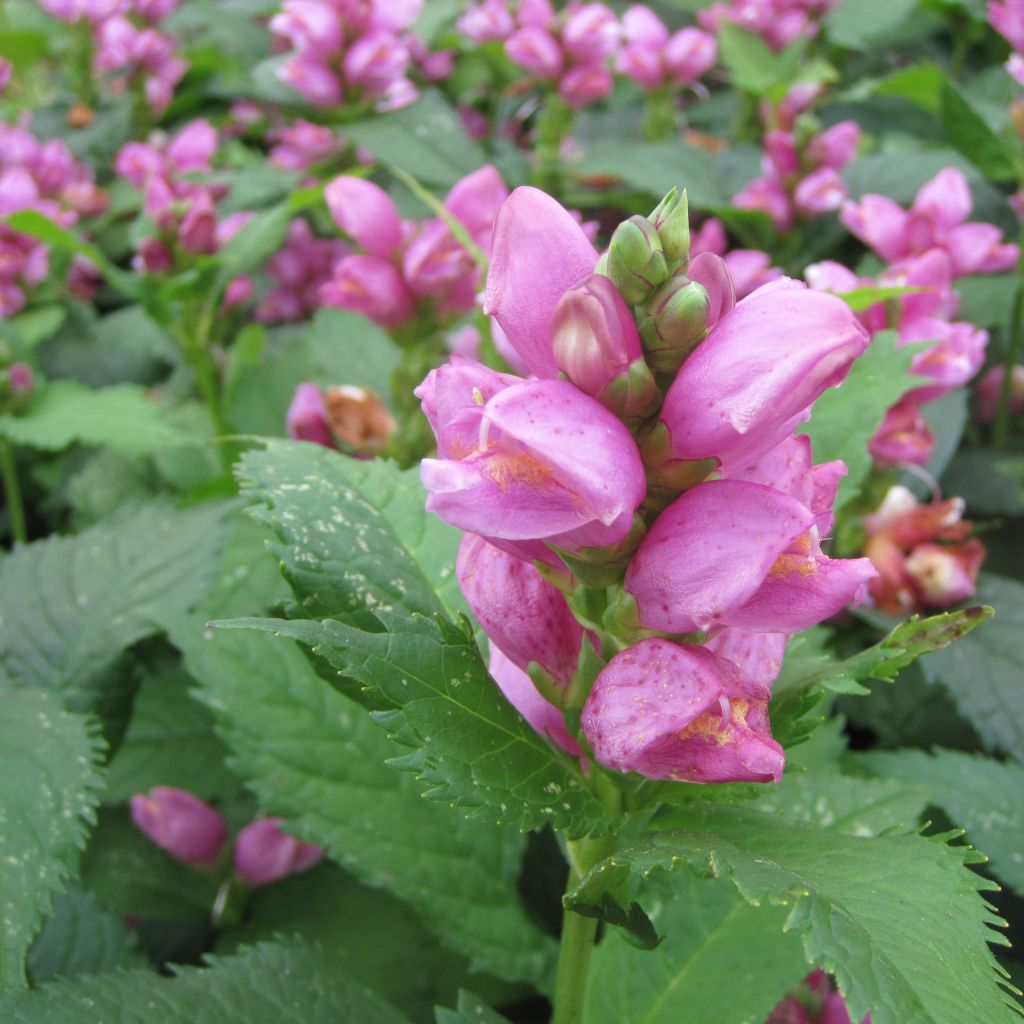

Chelone obliqua
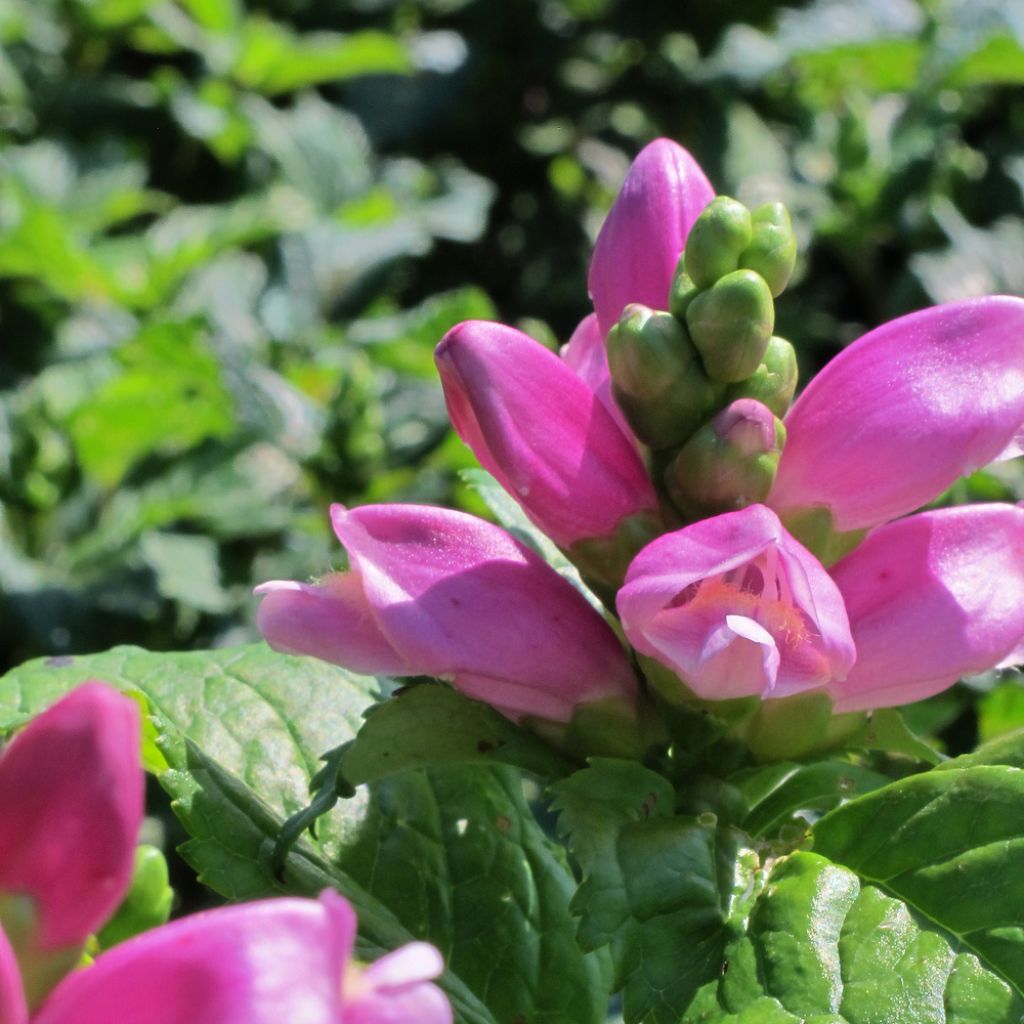

Chelone obliqua
Chelone obliqua
Chelone obliqua
Red Turtlehead, Pink Turtlehead, Rose Turtlehead
Special offer!
Receive a €20 voucher for any order over €90 (excluding delivery costs, credit notes, and plastic-free options)!
1- Add your favorite plants to your cart.
2- Once you have reached €90, confirm your order (you can even choose the delivery date!).
3- As soon as your order is shipped, you will receive an email containing your voucher code, valid for 3 months (90 days).
Your voucher is unique and can only be used once, for any order with a minimum value of €20, excluding delivery costs.
Can be combined with other current offers, non-divisible and non-refundable.
Home or relay delivery (depending on size and destination)
Schedule delivery date,
and select date in basket
This plant carries a 12 months recovery warranty
More information
We guarantee the quality of our plants for a full growing cycle, and will replace at our expense any plant that fails to recover under normal climatic and planting conditions.

Does this plant fit my garden?
Set up your Plantfit profile →
Description
Chelone obliqua, oblique turtlehead, is a species closely related to Penstemons. It is a remarkable and easy to grow perennial. The rootstock is strong and the growth is rapid, it adapts to all moist to wet soils. The flowering spikes, visible in summer, are dense and display a magnificent dark pink. The glossy foliage, of a beautiful bright green, is abundant. It is a carefree plant.
Oblique turtlehead belongs to the Scrophulariaceae family. This species is native to the Southeastern United States and is found in damp woods from Minnesota to Massachusetts. It is an herbaceous perennial with an upright habit, the growth is quite rapid and it is a perfectly hardy plant. It chooses the end of summer to bloom. The flowers, similar to miniature foxgloves, measure 1 to 2 cm (1in) long and are arranged in short, dense terminal spikes. Their colour, nuanced, and ranging from pinkish white to dark pink, is enhanced by a small yellow beard on the lip. Separated into two slightly open lips, they measure 1 to 2 cm (1in) long. The dark green glossy foliage is inserted on rounded section stems. The ovate and dentate laminae bear a well-marked vein; they measure 20 cm (8in) long. The taproot is thick and fibrous. The turtlehead spreads via rhizomes.
Chelone obliqua is completely indifferent regarding its exposure to the sun, so it is perfect for bringing some colour to a shady corner of the garden. Just make sure to place it in a cool and preferably moist spot, especially in summer. Bridging the gap between summer blooms and the arrival of asters, the oblique turtlehead is valuable in perennial beds alongside geraniums, lobelias, rudbeckias, and grasses. It will also thrive on the banks and shores of water features, where it will contribute to stabilisation.
Chelone obliqua in pictures
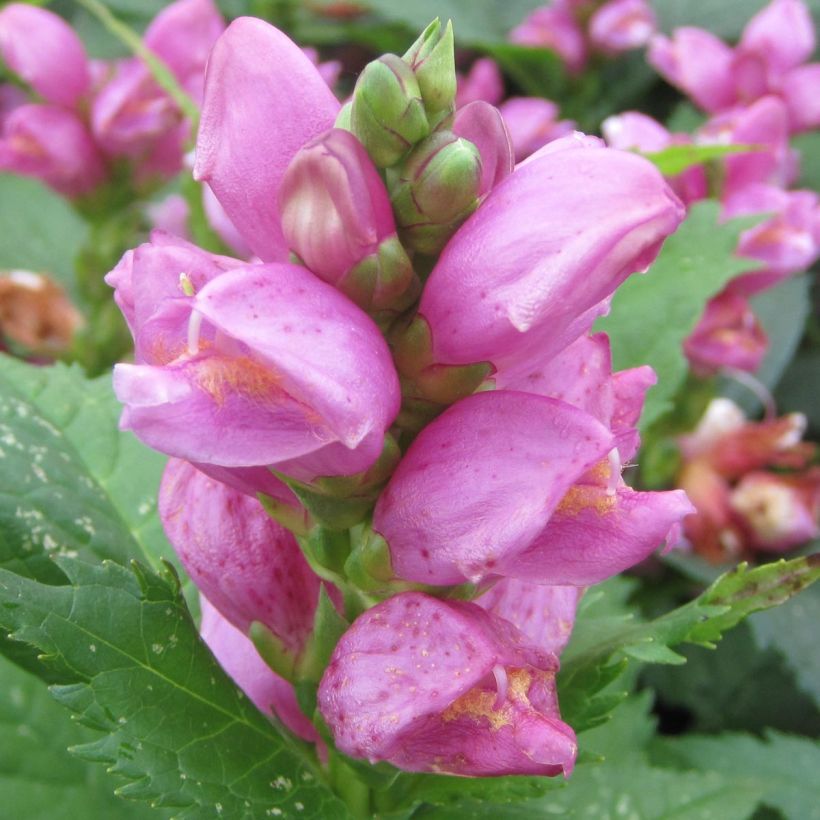

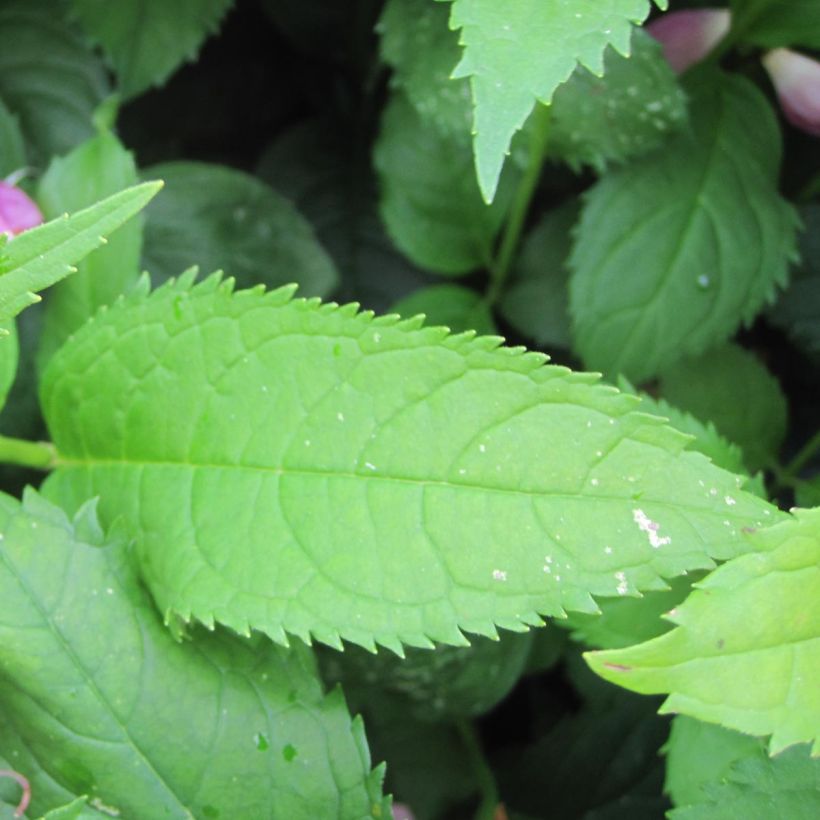

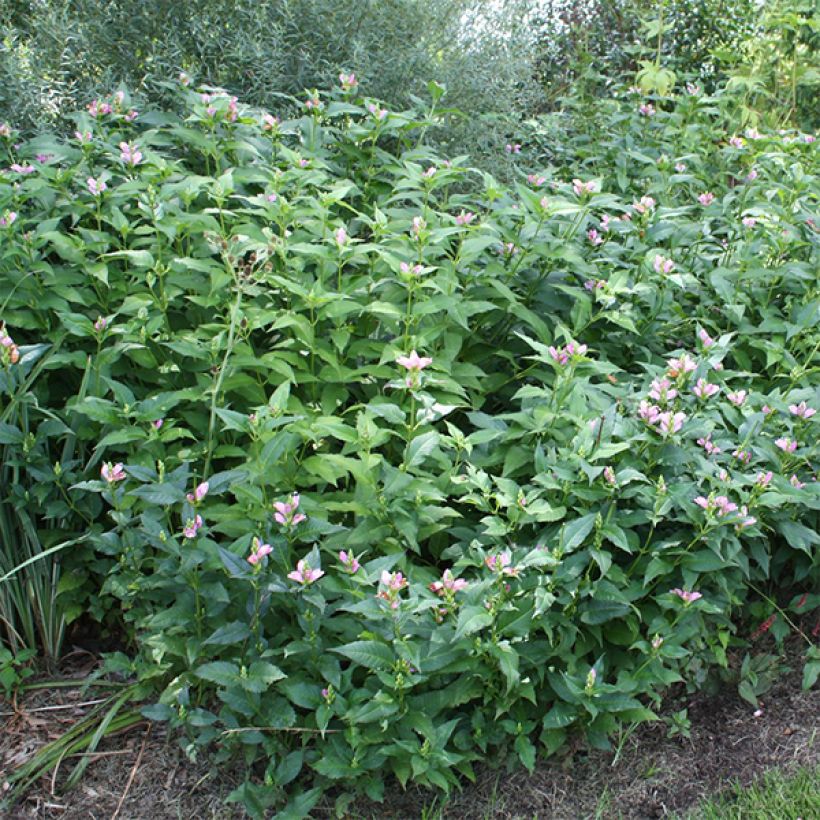

Flowering
Foliage
Plant habit
Botanical data
Chelone
obliqua
Scrophulariaceae
Red Turtlehead, Pink Turtlehead, Rose Turtlehead
North America
Other Chelone
View all →Planting and care
Plant Chelone obliqua in October or March, in dug over soil carefully amended with leaf compost, as it is voracious. While indifferent to sun exposure, you do need to pay attention to the soil moisture. In borders, mulch the base from June onwards to retain moisture. It adapts to many types of moist soil, whether clay, humus-bearing, loamy, acidic, neutral or limestone, as long as it is deep and consistently moist to damp. Allow the stems to curl up on the clumps during winter, only removing them in spring. Every three years, divide the clumps that have become too imposing. Ensure you protect them from attacks by slugs and snails.
Planting period
Intended location
Care
Planting & care advice
-
, onOrder confirmed
Reply from on Promesse de fleurs
Similar products
Haven't found what you were looking for?
Hardiness is the lowest winter temperature a plant can endure without suffering serious damage or even dying. However, hardiness is affected by location (a sheltered area, such as a patio), protection (winter cover) and soil type (hardiness is improved by well-drained soil).

Photo Sharing Terms & Conditions
In order to encourage gardeners to interact and share their experiences, Promesse de fleurs offers various media enabling content to be uploaded onto its Site - in particular via the ‘Photo sharing’ module.
The User agrees to refrain from:
- Posting any content that is illegal, prejudicial, insulting, racist, inciteful to hatred, revisionist, contrary to public decency, that infringes on privacy or on the privacy rights of third parties, in particular the publicity rights of persons and goods, intellectual property rights, or the right to privacy.
- Submitting content on behalf of a third party;
- Impersonate the identity of a third party and/or publish any personal information about a third party;
In general, the User undertakes to refrain from any unethical behaviour.
All Content (in particular text, comments, files, images, photos, videos, creative works, etc.), which may be subject to property or intellectual property rights, image or other private rights, shall remain the property of the User, subject to the limited rights granted by the terms of the licence granted by Promesse de fleurs as stated below. Users are at liberty to publish or not to publish such Content on the Site, notably via the ‘Photo Sharing’ facility, and accept that this Content shall be made public and freely accessible, notably on the Internet.
Users further acknowledge, undertake to have ,and guarantee that they hold all necessary rights and permissions to publish such material on the Site, in particular with regard to the legislation in force pertaining to any privacy, property, intellectual property, image, or contractual rights, or rights of any other nature. By publishing such Content on the Site, Users acknowledge accepting full liability as publishers of the Content within the meaning of the law, and grant Promesse de fleurs, free of charge, an inclusive, worldwide licence for the said Content for the entire duration of its publication, including all reproduction, representation, up/downloading, displaying, performing, transmission, and storage rights.
Users also grant permission for their name to be linked to the Content and accept that this link may not always be made available.
By engaging in posting material, Users consent to their Content becoming automatically accessible on the Internet, in particular on other sites and/or blogs and/or web pages of the Promesse de fleurs site, including in particular social pages and the Promesse de fleurs catalogue.
Users may secure the removal of entrusted content free of charge by issuing a simple request via our contact form.
The flowering period indicated on our website applies to countries and regions located in USDA zone 8 (France, the United Kingdom, Ireland, the Netherlands, etc.)
It will vary according to where you live:
- In zones 9 to 10 (Italy, Spain, Greece, etc.), flowering will occur about 2 to 4 weeks earlier.
- In zones 6 to 7 (Germany, Poland, Slovenia, and lower mountainous regions), flowering will be delayed by 2 to 3 weeks.
- In zone 5 (Central Europe, Scandinavia), blooming will be delayed by 3 to 5 weeks.
In temperate climates, pruning of spring-flowering shrubs (forsythia, spireas, etc.) should be done just after flowering.
Pruning of summer-flowering shrubs (Indian Lilac, Perovskia, etc.) can be done in winter or spring.
In cold regions as well as with frost-sensitive plants, avoid pruning too early when severe frosts may still occur.
The planting period indicated on our website applies to countries and regions located in USDA zone 8 (France, United Kingdom, Ireland, Netherlands).
It will vary according to where you live:
- In Mediterranean zones (Marseille, Madrid, Milan, etc.), autumn and winter are the best planting periods.
- In continental zones (Strasbourg, Munich, Vienna, etc.), delay planting by 2 to 3 weeks in spring and bring it forward by 2 to 4 weeks in autumn.
- In mountainous regions (the Alps, Pyrenees, Carpathians, etc.), it is best to plant in late spring (May-June) or late summer (August-September).
The harvesting period indicated on our website applies to countries and regions in USDA zone 8 (France, England, Ireland, the Netherlands).
In colder areas (Scandinavia, Poland, Austria...) fruit and vegetable harvests are likely to be delayed by 3-4 weeks.
In warmer areas (Italy, Spain, Greece, etc.), harvesting will probably take place earlier, depending on weather conditions.
The sowing periods indicated on our website apply to countries and regions within USDA Zone 8 (France, UK, Ireland, Netherlands).
In colder areas (Scandinavia, Poland, Austria...), delay any outdoor sowing by 3-4 weeks, or sow under glass.
In warmer climes (Italy, Spain, Greece, etc.), bring outdoor sowing forward by a few weeks.






























